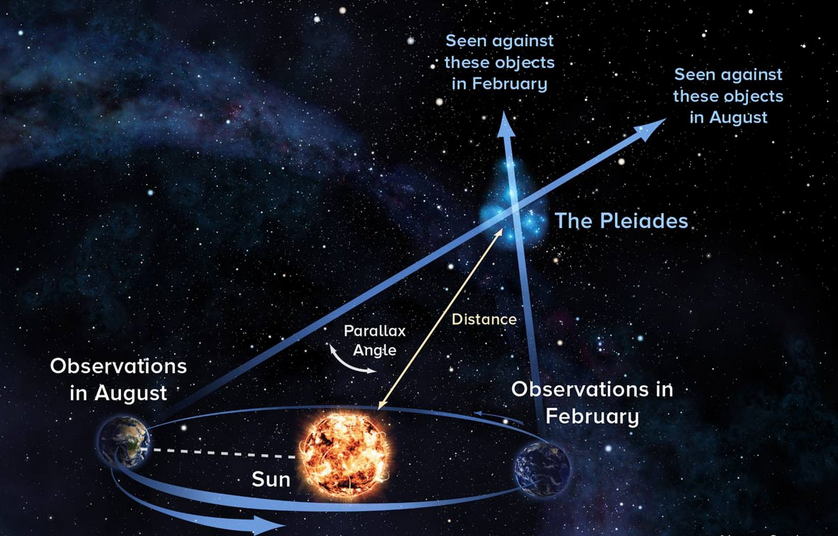20.HOW DOES THE SPECTRUM INFORM US ABOUT THE UNIVERSE?
We know that just by studying the spectrum an astronomer can tell you what a star billions of miles away is made of and the elements present, take the star’s temperature, figure out how fast it is moving, a on s towards lets of the into which white light IS broken up when it is bent, as when it goes through a prism. All across the spectrum, in addition to the shadings of color, there are hundreds of parallel lines. They are known as Fraunhofer lines, in honor of their discoverer.
19.HOW DOES A SEISMOGRAPH MEASURE EARTHQUAKES?
chart of earthquake
When we think of an earthquake, we think of buildings toppling, huge cracks opening up in the earth, and so on. What is there to be “measured?” Well, an earthquake is a trembling or vibration of the earth’s surface. And it iS these vibrations that are measured. The cause of an earthquake is usually a “fault” in the rocks of the earth’s crust, a break along which one rock mass has rubbed on another with very great force and friction. Much of the vast energy in this rubbing is changed to vibration in the rocks. This vibration may travel thousands of miles, which is why an earthquake in Tokyo can be detected and measured in England.
18.HOW CAN WE MEASURE THINGS ABOUT THE STARS?
The distance from the earth to the nearest star is four and one half light-years. A light-year is about six million million miles—or 6,000,000,000,000 miles! Now, if the stars are this vast distance away from us, how can we measure how big they are, what they’re made of, and so on?
At one time, the only instrument the astronomers had was the telescope. Today, a whole group of special instruments exists to help astronomers study the motions, brightness, color, temperatures, and composition of the stars.




